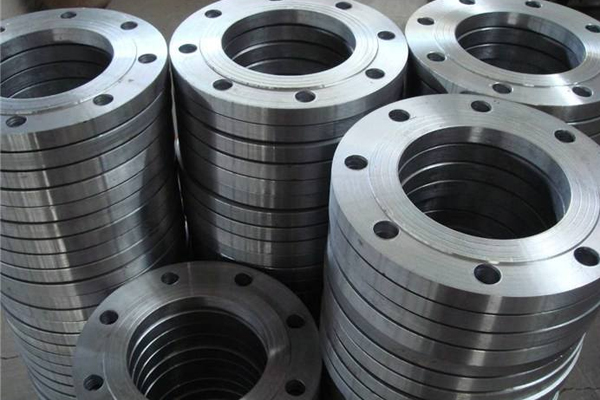Does common carbon steel flange have anticorrosion function?
Flanges are also called flanges or flanges. According to the different materials, can be divided into carbon steel flange, stainless steel flange and alloy steel flange. Carbon steel flange is the flange containing carbon steel material, according to the different content of trace elements, can be divided into A105 material, Q235 material, 16MN material, 20# material, etc.. Since carbon steel flanges do not have corrosion protection, the main corrosion protection treatments include oiling, painting and galvanizing. According to the production process, they can be divided into forged flange, cast flange, plate rolling and plate cutting. System. Among them, the premium ones are forged flanges, then rolled, then cast.
Forged flanges have good mechanical properties in flange products. The raw material is usually billet, which is heated after cutting. After heating, it is placed in a mould and continuously beaten to remove segregation, looseness and internal air defects of the billet. As a result, forged flanges have better pressure and temperature resistance and are generally suitable for high temperature and high pressure environments.

Common carbon steel flange blank shape and size accurate, small processing, low cost. However, casting flanges will have pores, cracks and impurities, and the internal structure of the casting will be poor. Its advantage is that it can have more complex shapes and can produce ordinary carbon steel flanges at low cost. Its carbon content is lower than that of cast flanges, so it is not easy to break, compact structure, and can withstand shear force and tension. Cast forging flange has better mechanical properties. It is difficult to distinguish steel flanges from cast flanges on the basis of appearance alone. Here are a few methods for you to consider.
The first is price. Flanges on the market are cheaper to cast, and second, pure forging is more expensive.
The second is to conduct a destructive test to separate the flange. The foundry has trachoma, but the pure forger does not. Casting flanges sometimes crack.
The third is from the flange tolerance and surface finish, casting flange usually has 1-5mm negative tolerance, edge chamfering is irregular, the hole is burr and not smooth, forged flange tolerance is small.
The fourth is weighing. For flanges of the same size, the casting will be lighter than the forging.
The above is all about whether ordinary carbon steel flange has anti-corrosion function.
buy Carbon steel flanges must be selected according to the operating environment. Do not place flanges directly on the ground. Place some moisture MATS on the floor and place the flanges neatly. After placement, there will be a channel between the carbon steel flange and the carbon steel flange, which will not only ventilate the front end. It is necessary to promote the expansion of carbon steel flange. Different materials should be placed separately and marked. The same material, different types and specifications should be placed separately, and corresponding marks should be placed neatly to avoid bumping.